Before the COVID-19 pandemic erupted it was announced that steel is to be cut for the first Type 31 frigate in 2021, while on April 17 the prime contractor in the programme revealed what it called ‘the second round of supply chain contract awards.’
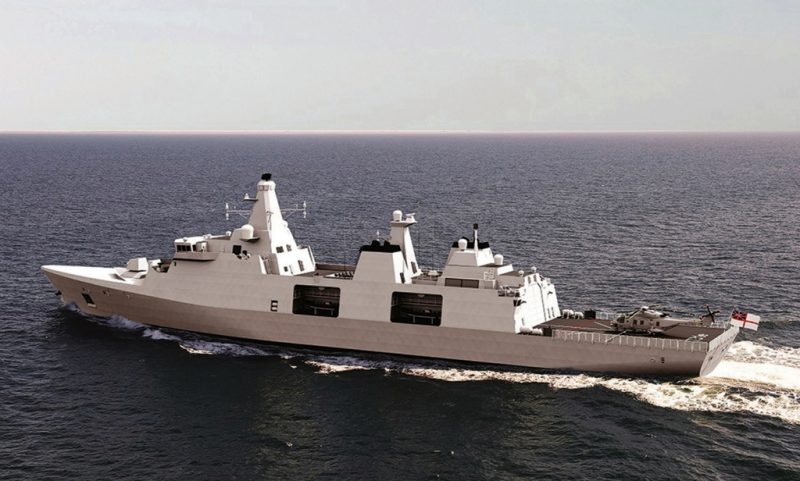
It seems regardless of delays to the Integrated Review of Security, Defence, Development and Foreign Policy (as the latest UK defence review is formally, and rather clumsily, known) the programme to construct five Type 31s for the Royal Navy is pressing ahead. The contract for them was awarded by Prime Minister Boris Johnson at the end of 2019. The first of the new warships – being built at Rosyth Dockyard in Scotland by Babcock Team 31 – is to be launched in 2023, and will enter service by the end of May 2027.
The Type 31 design is based on the Royal Danish Navy’s latest frigate, the Iver Huitfeldt Class, a factor that has accelerated the ability to build and introduce them into service with the British fleet faster than might otherwise have been possible.
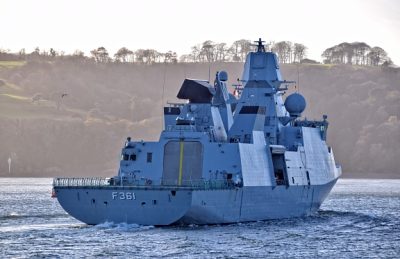
The timeline for the ships was revealed in a late February statement to the House of Commons by Jeremy Quin, Minister of State for defence. However, due to the COVID-19 lockdown affecting all parts of the UK, it is surely not beyond the bounds of possibility this schedule will slip. Mr Quin also stated in the Commons during late February that all five ships currently ordered will be delivered by the end of 2028, though “dates for Initial Operating Capability and Full Operating Capability have not yet been determined.”
In revealing the latest contract awards this month Babcock stated: ‘Rolls-Royce is now a major supplier to the programme with its brand MTU, delivering the main engines and diesel generators for the frigates, which will be manufactured in Germany. Renk will provide the main reduction gearboxes, and MAN Energy Solutions will supply the propellers and propeller shaft lines.’ The Babcock statement added: ‘In addition, Blunox are contracted to supply the exhaust environmental equipment that significantly reduces emissions from the Main Engines and Diesel Generators. Combined with the subcontract placed with Darchem Engineering Ltd, will supply the intake and exhaust systems for the main engines and generators, rounding out the key propulsion system subcontracts.’ Babcock has also awarded a chilled water plant subcontract to Novenco AS.

Though still a complex frigate, the Type 31 is designed as general-purpose platform, to usually operate in lower threat environments where it will undertake so-called constabulary missions. This frees up the specialist Type 45 air-defence destroyers and Type 26 Anti-submarine Warfare (ASW) frigates for more demanding, higher intensity operations.
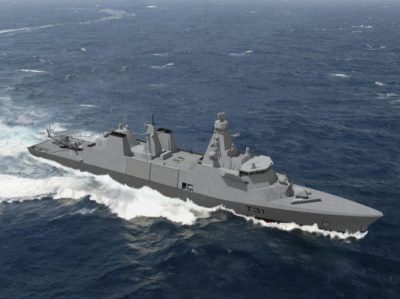
Furthermore, Mr Quin stated in the House of Commons in early March that “the Type 31 frigates will be adaptable to a range of capabilities, which may include an anti-ship missile [ASM] system.” This implies that the Type 31 will not necessarily have the full range of weapon systems present in most combatants of the same size (even when they are engaged in constabulary operations).
The Type 31s will, rather be ‘fitted for but not with’ as the phrase goes, which frequently means a vessel never receives ‘the fit’. However, with a resource-constrained navy – and the likelihood of further cuts in defence spending in the aftermath of the COVID pandemic – it is perhaps increasingly unrealistic to expect the Type 31 to be equipped with the full range of weapons systems for its usual duties. It does, however, reduce the mission swing flexibility of the ship – that is, without returning to port to have the ASM system added.
Most of the work on the UK defence review was due to be completed and reported back on this summer, with recommendations implemented over several years. The review is now not expected to deliver its results until 2021. The defence review was last year heralded by the Prime Minister as ‘the most radical reassessment of our [the UK’s] place in the world since the end of the Cold War.’ Furthermore, it was promised by the Govt that the review will ‘cover all aspects of international policy from defence to diplomacy and development.’
Quite what its scope will be in the wake of the pandemic is clouded in uncertainty, with fears of deep cuts in the UK Armed Forces despite no let-up in rising defence and security threats. However, the chairman of the House of Commons Defence Committee, Tobias Ellwood MP, welcomed the recent announcement of a delay.
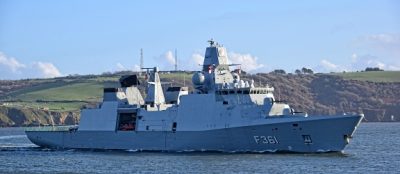

“There would be no point in conducting an in-depth review of the nation’s defence and security challenges to an artificial deadline, especially at a time when Whitehall is rightly focusing on tackling coronavirus,” said Mr Ellwood. “We look forward to engaging with the Department when the Review restarts, with the added element of the consequences of the pandemic to be considered. We will still report in due course on the Committee’s inquiry into how Government should conduct the Review and hope that this work will inform the process in the future.”
-
To get more naval news like this on a regular basis sent direct to you as a hard copy magazine or digital edition, subscribe to WARSHIPS IFR

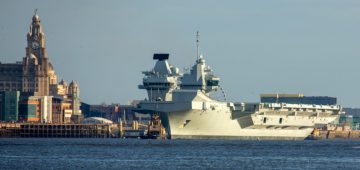

Comments
Sorry, comments are closed for this item